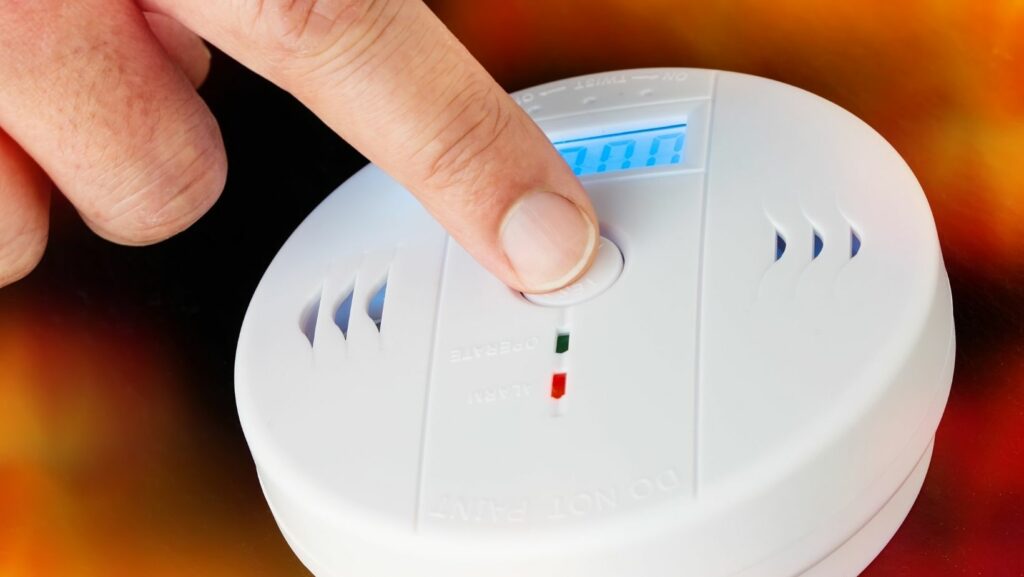
Carbon monoxide in RVs is incredibly dangerous. It is a tragedy to have lives lost when a small amount of prevention could have saved them. That prevention is a functional carbon monoxide (CO) detector, also called a CO alarm, installed in your RV. Here’s why and how you should install yours.
If you don’t currently have a CO detector in your rig, I’m going to try to convince you that you need one. In fact, by the end of this article, I hope to convince you that CO can pose a real threat to your health and your life.
You’ve Got Gas
Carbon monoxide is a highly toxic gas that can kill at small concentrations of 300 parts per million (ppm) or less. Carbon monoxide gas is produced when fossil fuel burns incompletely because of insufficient oxygen. Properly installed and maintained fuel-burning appliances produce only small amounts of carbon monoxide, but malfunctioning appliances can be deadly. Anything that disrupts the burning process or results in a shortage of oxygen can increase carbon monoxide production. Wood, coal and charcoal fires always produce carbon monoxide, as do gasoline engines.
Potential sources of CO in or around your RV can include a malfunctioning propane furnace or ventless heater, exhaust from a generator or gasoline engine or a wood or charcoal-fired barbecue or stove.
RVs can be even more dangerous if CO is present because a smaller space increases the concentration of carbon monoxide. For instance, operation of a defective, unvented gas heater in a 1,680-square foot home might raise CO levels to 30 ppm. In a 200-square foot RV, the same heater could quickly raise the CO concentrations to a dangerous 200 ppm or more!
Colorless, Odorless, Tasteless
The fact that CO is a colorless, odorless, tasteless, and non-irritating poison compounds the problem. Without a CO detector, you’ll never be aware that CO is present until it begins to affect you. When exposed to high concentrations, a person will become dizzy, unable to stand or move to fresh air and often collapse. The brain does not receive sufficient oxygen during a CO exposure, resulting in confusion.
Because it takes several hours for the body to remove carbon monoxide, it is a cumulative poison. The amount of CO in the body continues to increase while unknowingly breathing it from surrounding air. Occupational Safety and Health Administration (OSHA) places the maximum allowable concentration for continuous exposure for healthy adults in an eight-hour period at only 50 ppm!
Not convinced yet? Well, consider this: Gas kitchen ranges release unvented combustion products into the interior of your RV. The amount of CO in combustion products varies widely, from a few ppm from a properly operating gas burner to 20,000 to 30,000 ppm from an improperly operating gas burner.
Contrary to popular belief, carbon monoxide can, and often is, produced from a blue-burning flame. Using the range hood to exhaust the combustion products, along with cooking odors, grease and moisture produced during cooking, is a great idea, but the vent may not be enough to protect you from carbon monoxide exposure. And you should never use the range burners to heat your RV.
Many RVers who dry-camp have installed unvented propane space heaters. These units are terrific for saving propane and battery power, but they can be a source of indoor air pollution, and that includes CO.
Oxygen Depletion Sensors
When properly maintained and adjusted, gas heaters produce low amounts of CO. One cause of carbon monoxide poisoning from unvented heaters—incomplete combustion caused by lack of air—has been virtually eliminated in newer heaters by use of oxygen depletion sensors (ODS).
Unfortunately, the ODS does not respond to incomplete combustion caused by improper gas pressure, dust, dirt or rust on the burner or disruption of the burner by air currents. Even a properly maintained and adjusted vent-free heater can cause dangerous levels of CO inside an RV if adequate ventilation is not provided.
Standard RV forced-air furnaces are safe, as all combustion gases are vented outside of the RV by a forced-air blower system. However, as these units age, the furnace combustion chamber can corrode or split, causing combustion byproducts to enter the RV and build up. In the case of such a malfunction without a functional CO detector installed in your rig, your only early warning signal will be the onset of flu-like symptoms, nausea or dizziness as the levels of CO rise. You may fail to recognize these symptoms as warnings of CO poisoning until it is too late.
Still not convinced that you need a detector? If you have a generator installed in your rig or use a portable unit, you need a detector even more.
The National Institute for Occupational Safety and Health (NIOSH) ran a 5.5-horsepower gasoline-powered pressure washer in a double garage with both doors open, the window open and a vent open. In only 12 minutes, CO concentrations in the garage rose to 658 ppm. The rate of emission from a typical gasoline engine is so large (30,000 to 100,000 ppm) that it is difficult to provide sufficient ventilation.
NIOSH warns, “Do not use equipment and tools powered by gasoline engines inside buildings.” Even with a properly installed exhaust system, carbon monoxide from your running generator, or even your neighbor’s, can still enter your RV through small cracks or waft into your rig through an open window.
As the above NIOSH test proves, just because the windows in your rig are open doesn’t necessarily protect you from potentially dangerous concentrations of carbon monoxide.
I hope all of the above has convinced you to protect yourself by installing a CO detector. They are not terribly expensive, and even the best ones will set you back less than a tank of fuel.
Easy Installation
Detectors are easy to install, operate and will give you peace of mind along with serious protection. I believe the best detector to purchase is one with a digital display. That lets you monitor even lower levels of CO that may be too low to cause an alarm but high enough to be dangerous with long-term exposure.
Most detectors with digital readouts also capture and hold the peak CO reading since the last reset. This is worth keeping an eye on, too.
There has been a recent move by some manufacturers to combine a CO detector with an LP gas detector in the same unit. I was of the opinion that this was a bad idea, because I thought CO was lighter than air.
Well, it is, but only slightly (three percent at room temperature). Studies show that CO tends to diffuse equally throughout an enclosed space, so a combination detector mounted near the floor is as effective as a CO detector mounted higher on the wall. (www.ncbi.nlm.nih.gov/pubmed/21536403)
The National Safety Council (NSC) states: “You should not choose a CO detector solely on the basis of cost; do some research on the different features available. Carbon monoxide detectors should meet Underwriters Laboratories Inc. standards, have a longterm warranty and be easily self-tested and reset to ensure proper functioning.”
The RV environment is hard on CO detectors due to exposure to heat, humidity and exhaust gases while rolling down the road. While any detector is better than no detector, your best bet is to purchase one that is UL-listed for RV use.
Do you have your new detector in hand? Let’s install it.
- Read the manual and install the batteries.
- Locate and mount the detector as recommended in the manual. Make sure the detector is not behind curtains or furnishings.
- CO must be able to reach the detector for the unit to work. Avoid installing the detector close to the kitchen stove or propane heater and keep it out of moist bathroom areas.
A single detector placed centrally in your rig will provide reasonable protection, but you may want to place one in your sleeping area as well.
Follow the instructions in the user manual that came with your unit. Test it regularly and keep it free of dust and dirt, and it will continue to provide you with peace of mind for years.
Did you like this post? Pin it to Pinterest!
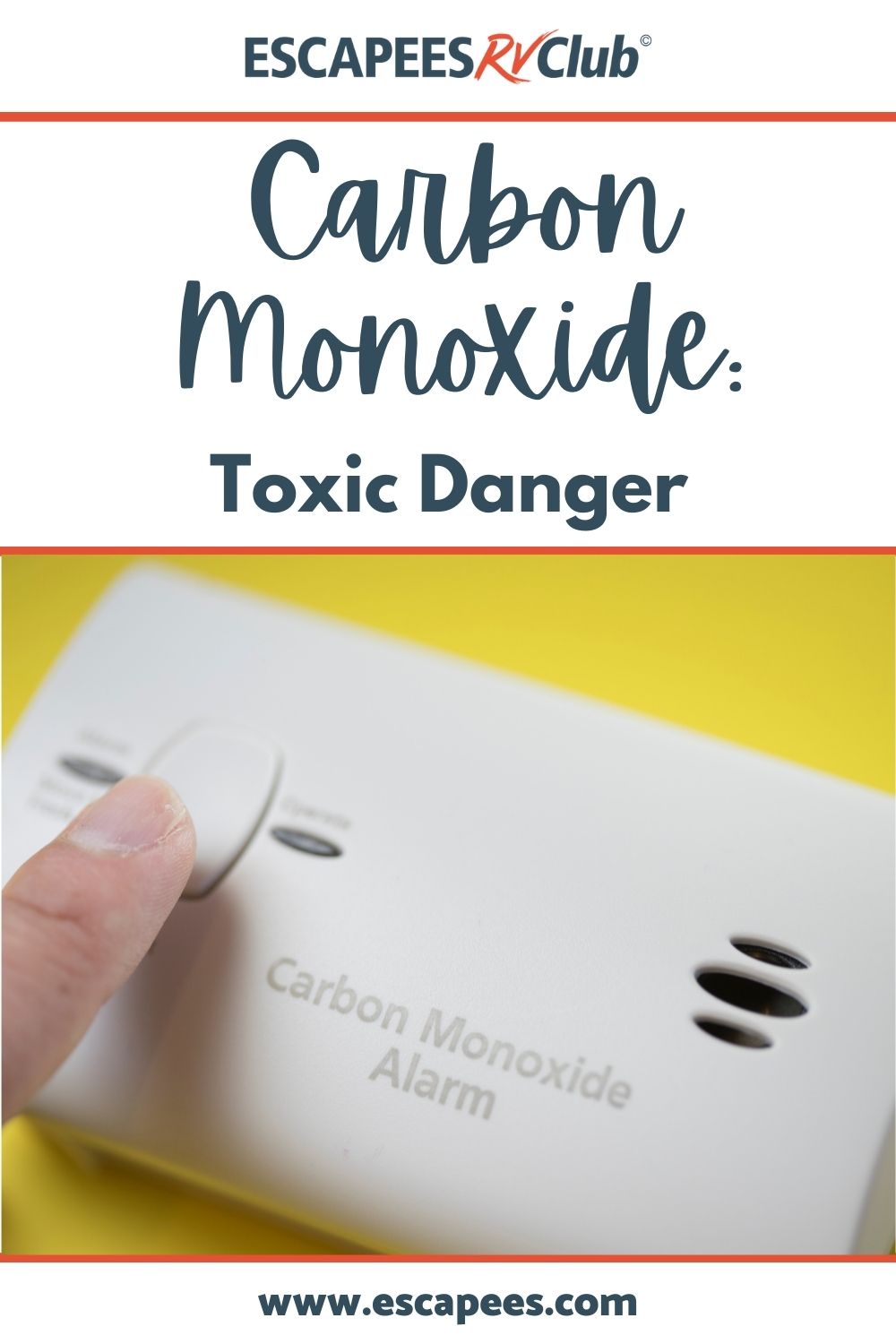
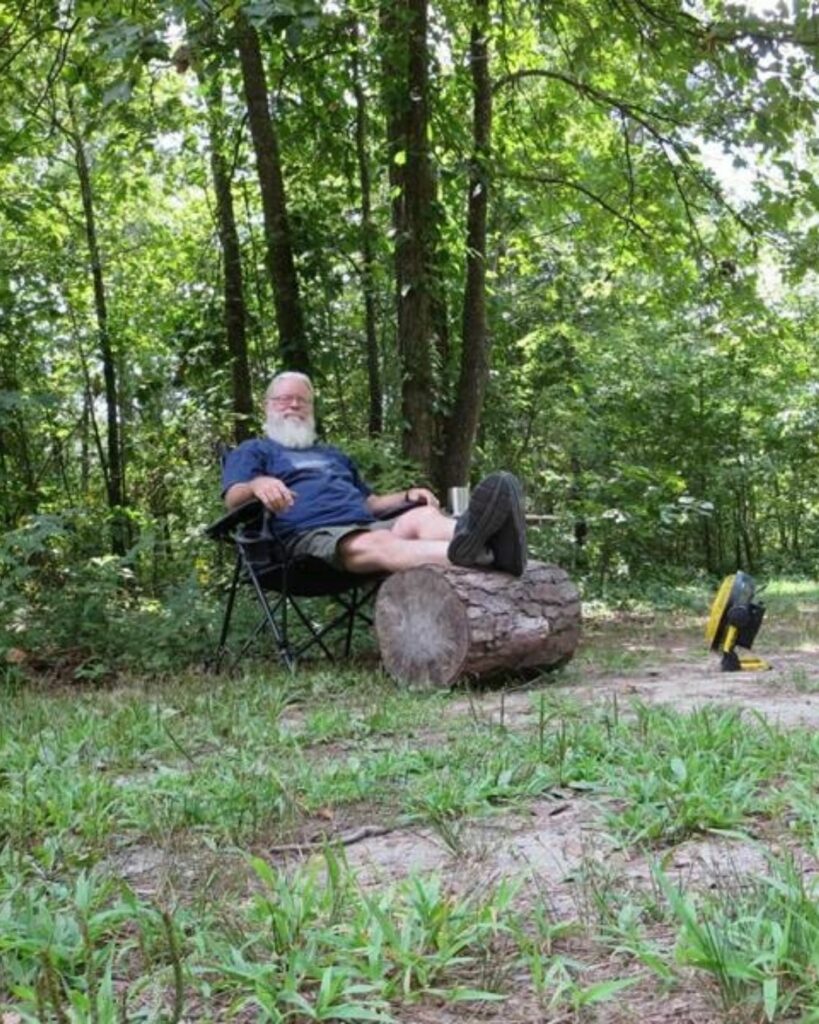
Author
Mark Nemeth | SKP# 45776
In 1997, Mark Nemeth quit his job, sold his house, bought an RV and joined Escapees. He has contributed to Escapees magazine and served as a technical advisor for 19 years. He still maintains an RVer’s resource website with technical articles, tips and information at www.marxrv.com. You can also find his Gadget Box articles on the Escapees website.

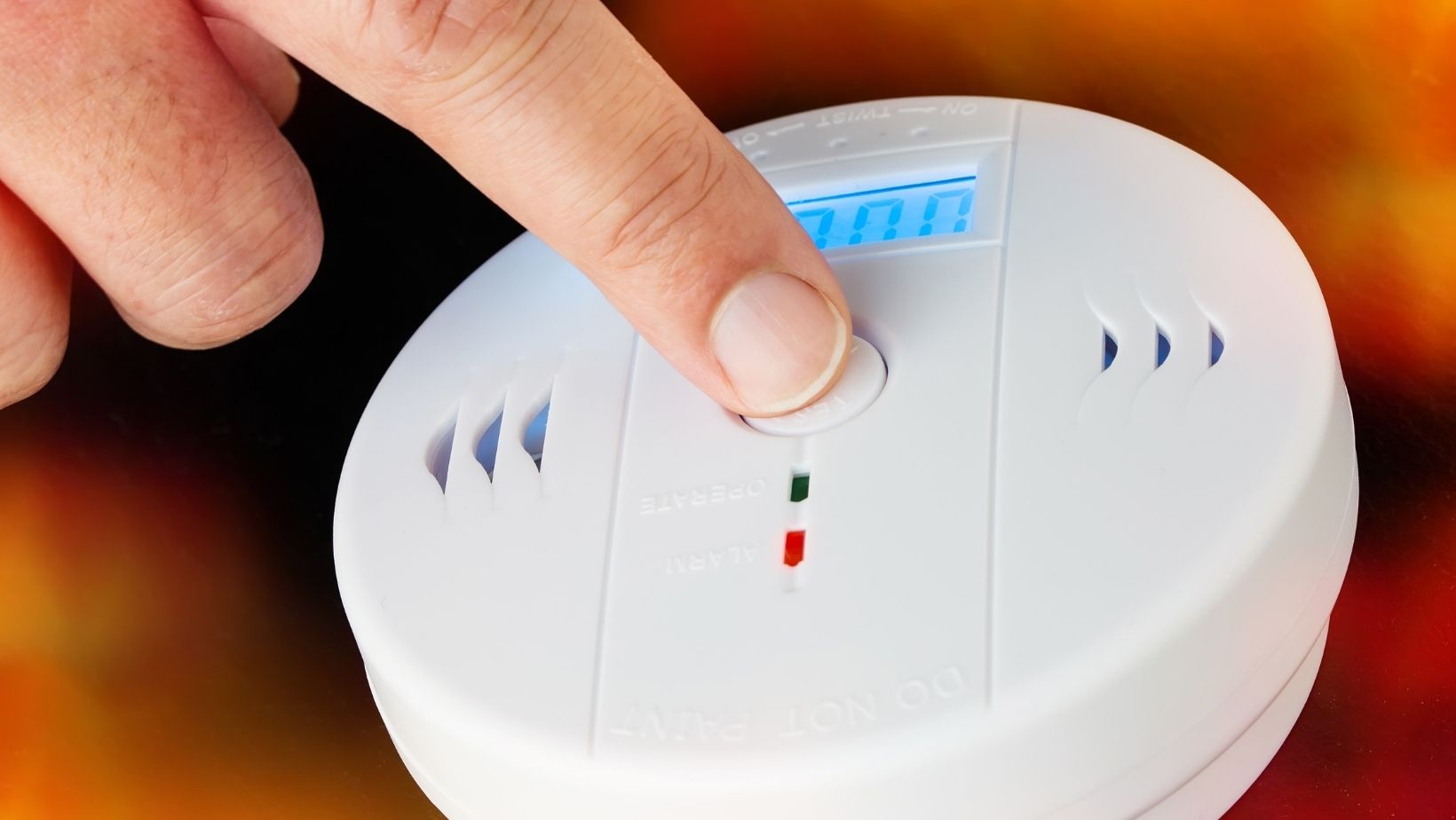
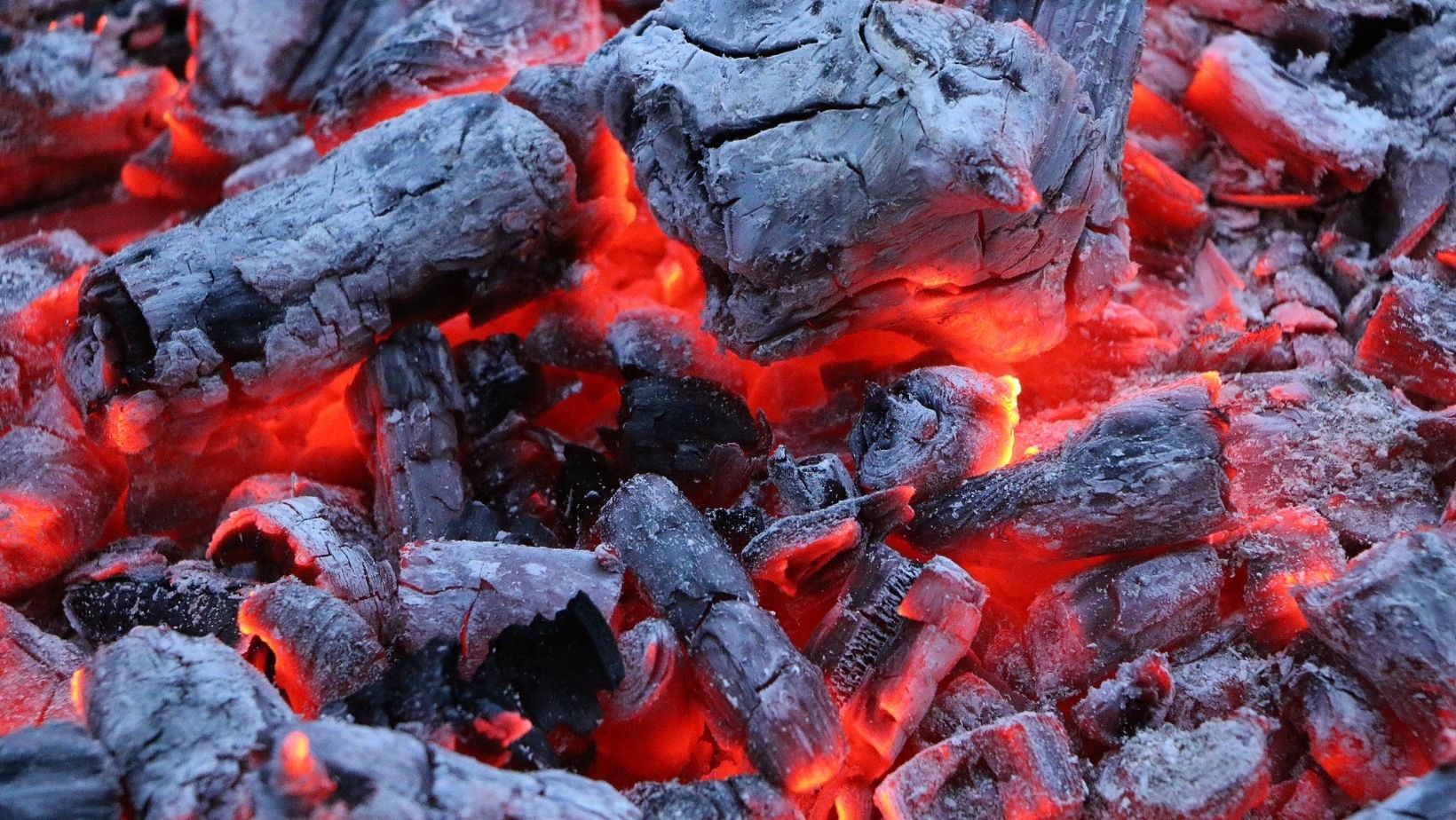








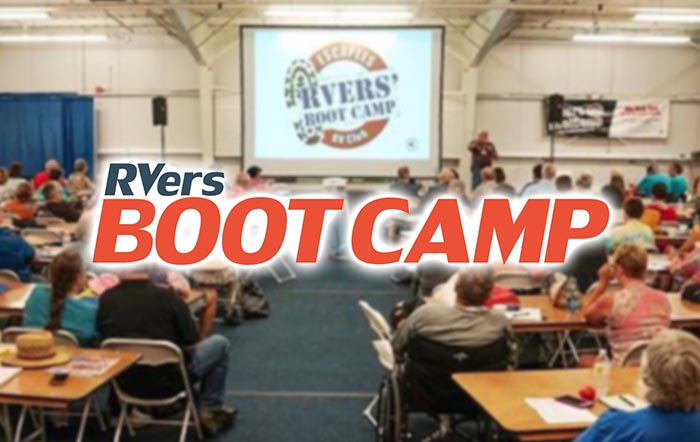
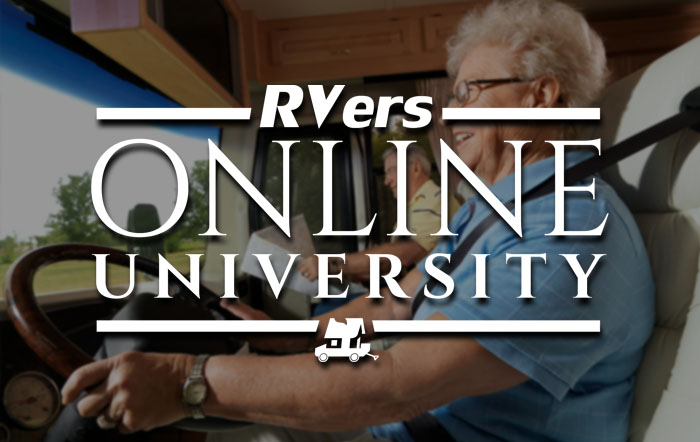

3 Responses
You can avoid any accidents and keep your RV safe from dangerous CO levels if you have RV carbon monoxide detectors.
An RV carbon monoxide alarm typically lasts five to seven years. You would need to replace the batteries in your battery-operated RV carbon monoxide detector once a year to make sure it continues to function properly. The carbon monoxide detector in your RV should be replaced after five years because after that point, its functionality is very much in question.
We have one in our RV we were camping 2 weeks ago and our detector went off at 1:20 am come to find out we had a slow leak a pin hole in the line our camper is 5 years old so please check your hoses it saved our lives so don’t be without a detector